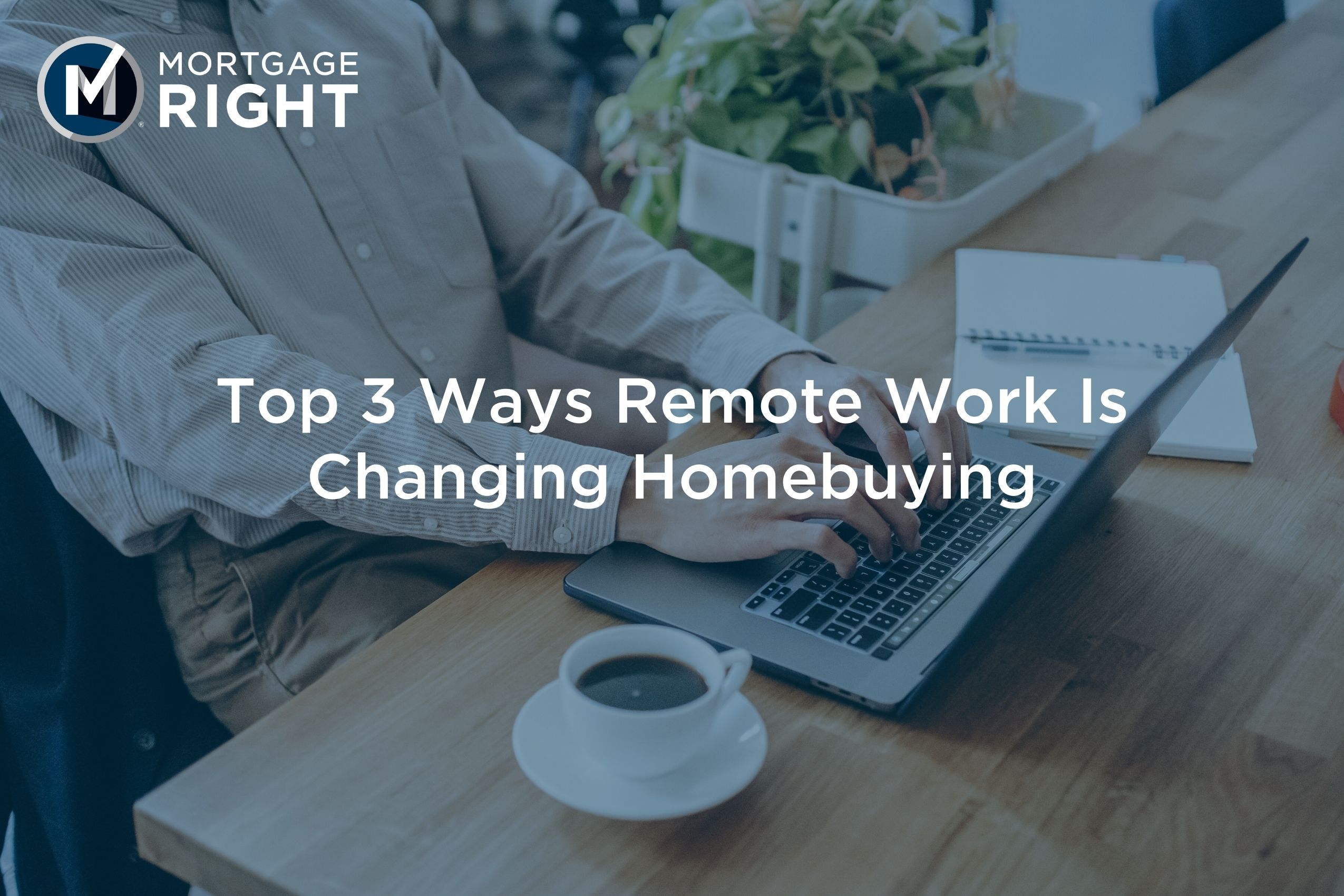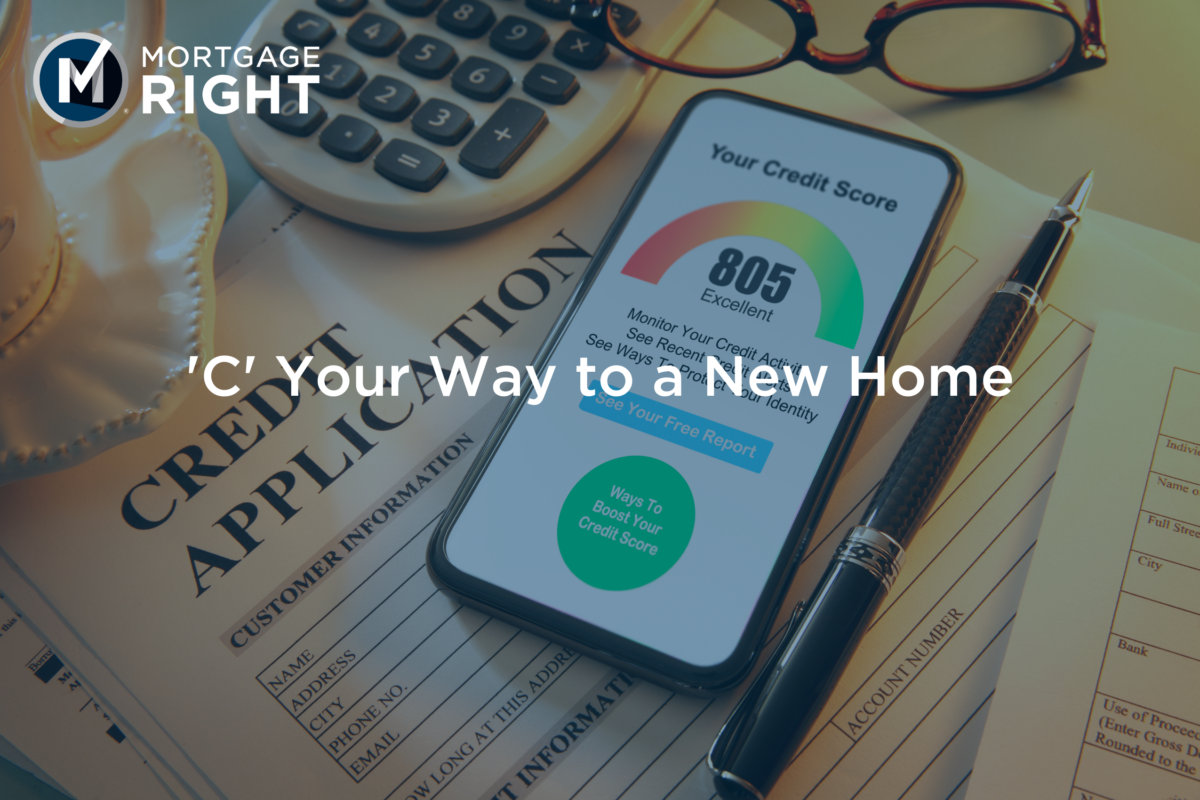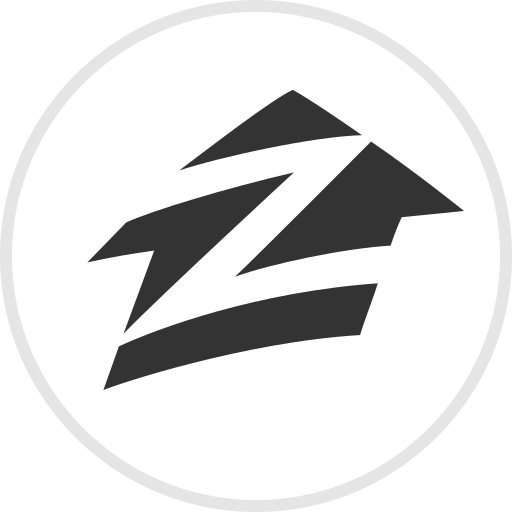For many people, getting a mortgage can feel like learning to walk all over again—that is, if they go into the process uninformed. Information is what separates the runners from the crawlers, and knowing how to prepare will make it that much easier to walk into the front door of your dream home.
Ready to make strides in the home-buying process? Let’s look at how to get a mortgage, step-by-step.
Step 1: Financial Preparedness is Key
When looking to get a mortgage, be sure you’re financially prepared to take on homeownership. Buying a home is a major investment, and you need to consider how it will affect your finances. Can you save enough for a down payment? Are you deep in debt? Can you cover closing costs?
If you answered no to any of those questions, you may want to improve your financial situation before applying for a mortgage.
Additionally, lenders take a close look at your credit score when determining your mortgage eligibility; so make sure your credit score is in good condition before applying for a mortgage. If your credit score needs a little work, give it a boost by paying off debts or holding off on opening new lines of credit until you can secure a mortgage.
Step 2: Decide Which Mortgage Loan Type Suits Your Needs
There are many loan types out there with different eligibility requirements, so it’s best to learn which one will fit your unique home-buying needs before you apply.
Here are some loan types you might be interested in:
- FHA loans have features, such as low down payment options, flexible credit & income guidelines, and a fixed rate, that may make it easier for first-time homebuyers to achieve the dream of homeownership.
- USDA loans are popular among today’s home buyers because the USDA program offers no-money-down financing where homebuyers can finance 100% of a home’s purchase price.
- Conventional loans are home loans not insured by the federal government. This type is best suited for borrowers who have a strong credit score, stable employment history, and can make a down payment of at least 3% of the home’s cost.
- VA loans are most beneficial for the vast majority of military borrowers. These versatile, $0-down payment mortgages have made it possible for more than 24 million service members to achieve their dream of homeownership.
- Jumbo loans are for home prices that exceed federal loan limits. These are best suited for affluent buyers with good credit, a high income, and who can offer a substantial down payment.
Fixed or Adjustable Rates?
Fixed-rate mortgages keep the same interest rate over the life of your loan. They also provide a consistent monthly payment on your mortgage and come in 15-year, 20-year, or 30-year loans.
Adjustable-rate mortgages have flexible interest rates that change with market conditions. These come with a certain level of risk but are beneficial if the home is temporary.
Step 3: What Documentation Is Needed?
You’ll need to have all of your documentation in order before you apply for a mortgage. Here’s a rundown of the paperwork your lender will request.
Proof of Income
A lender will ask for a variety of documents to verify your income. Here are some items you might need to provide:
- 2+ years of federal tax returns
- 2 most recent W-2s and pay stubs
- If you’re self-employed, 1099 forms or profit and loss statements, or other additional documents
- If applicable, legal documentation that proves you have been receiving child support, alimony, or other types of income for at least 6 months
Credit Documentation
A lender will always ask for verbal or written permission to view your credit report. While looking at your credit report, lenders will keep an eye out for factors that might exclude you from getting a mortgage (e.g., bankruptcy or foreclosure). If bankruptcy or foreclosure are present on your credit report, you might have to wait a number of years before you’ll become eligible for a mortgage.
Proof of Assets & Liabilities
It’s possible that a lender might request some of the following documents to verify your assets:
- Up to 60 days’ worth of account statements that confirm the assets in your checking and savings accounts
- The most recent statement from your retirement or investment account
- Documents highlighting the sale of any assets you released before you applied (e.g., a copy of title transfer for a sold car)
How To Get A Mortgage With MortgageRight
Step 4: Preapproval
Preapproval is the process of learning how much a lender is willing to lend you to purchase your home, and there are some big advantages of getting preapproved before starting the mortgage application process.
For one, it shows sellers that you can make a solid offer up to a specific price. Preapproval also gives you a better understanding of your mortgage costs because lenders will determine—and provide details on— your interest rate, APR, fees, and other closing costs.
During the preapproval process, MortgageRight will seek to provide the mortgage option(s) we think best fit your needs. We will show you different mortgage solutions and how much you can qualify for.
Step 5: Submit your Application
Even if you have already been preapproved, you still need to formally submit your most recent financial documents when you apply for a mortgage. Outside of the previously mentioned Proof of Income documents, you may also need to submit the following:
- Proof of other sources of income
- Recent bank statements
- Details on long-term debts (e.g., car or student loans)
- ID and Social Security number
- Documentation of recent deposits in your bank accounts
- Documentation of any funds or gifts used for a down payment
*Depending on the type of mortgage you’re getting, other documentation may be required.
Within three business days, MortgageRight will give you an initial loan estimate. It consists of the following information:
- The cost of the loan
- Associated fees and closing costs
- Interest rate and APR
Step 6: Enter the Underwriting Process
During this process, an underwriter will verify your assets and finances with the documentation you have provided during your application submittal.
MortgageRight will also take steps to verify details about the property you want to purchase:
- Order an appraisal
- Verify the home’s title
- Schedule any state-required inspections.
When underwriting is finalized, you’ll receive a Closing Disclosure document.
A Closing Disclosure will tell you important information about your mortgage, including your monthly payment, down payment, interest rate, and closing costs. If you have any questions regarding the Closing Disclosure, you may discuss them with your Loan Originator prior to the scheduled closing date.
Step 7: Close on Your Home
When your loan gets approved, you will be scheduled to attend closing at the closing agent’s office. This closing session is the perfect time to ask any last-minute questions you may have about your loan. Remember to bring your Closing Disclosure, a valid photo ID, and your down payment. Once you sign on that dotted line, you will officially become a homeowner!
Are You Ready To Secure A Mortgage?
A lot of organization, documentation, and time goes into getting a mortgage, but if you prepare as much as you can beforehand, things should go smoothly for you. Think you’re ready to take that first step toward getting a mortgage? We’ll walk beside you! Click here to get started!
























